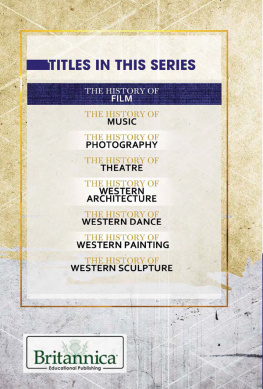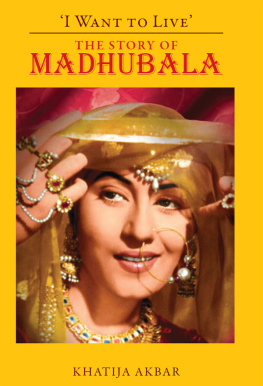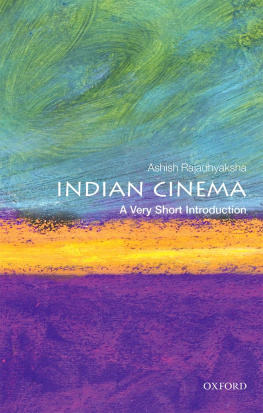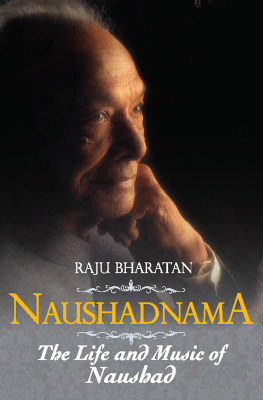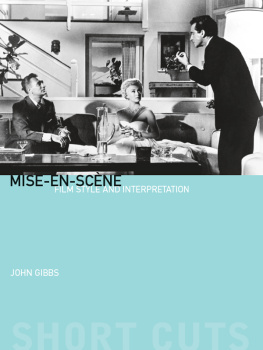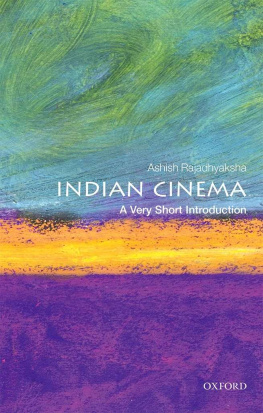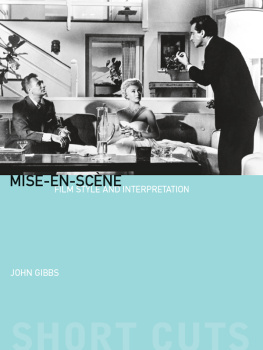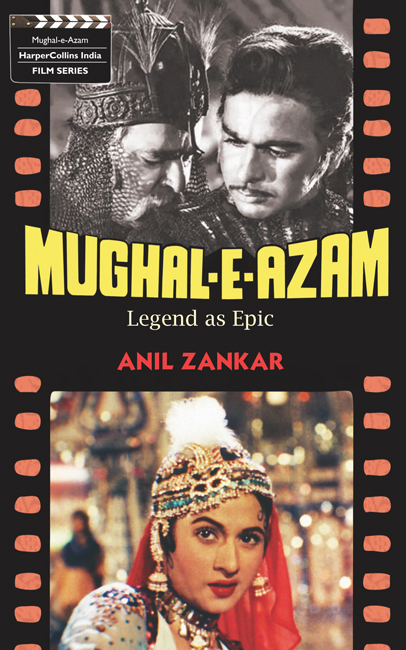

Mughal-e-Azam
Legend as Epic
Anil Zankar

HarperCollins Publishers India
I dedicate my humble effort towards
understanding this epic of Indian cinema to the
writers and technical artists of the Indian film
industry, whose contributions do not always get
the recognition that they richly deserve
Nothing perceived is independent of perception and perception differs not from the perceiver, therefore the universe is nothing but the perceiver
Abhinavagupta
Contents
K areemuddin Asifs Mughal-e-Azam is one of the great Indian film epics, a phenomenon not only because of its grandeur and its enduring beauty, but also because the making of the film is a saga in itself. The film possibly holds a world record of sorts, when one considers that the shooting began in 1944 and the film was completed and released in 1960. This could have been possible only due to the passion and unwavering commitment of its maker, producer, writers, artists and technicians.
The review in Filmfare at the time of its release in 1960 said, Mughal-e-Azam is a tribute to the imagination, hard work and lavishness of its maker. For its grandeur, its beauty and the performances of the artistes it should be a landmark in Indian films.
It truly is.
How then does one come to terms with a film that has always moved one in many ways?
There are many ways of understanding a film like Mughal-e-Azam.
I will try to decipher the screen experience of Mughal-e-Azam, through an understanding of the script, the setting, the music and the nature of the conflict in the film to unravel its cinematic strengths.
Mughal-e-Azam has been termed a historical film, but it is based on a legend that has no historical basis. The relationship between historicity and fiction needs an elaboration. The film is an adaptation of a play written by Imtiyaz Ali Taj in Lahore. The departures from the play are significant. I would like to highlight them as they elevate the film to another level.
I will look at the films content in the context of the Indian cultural tradition. I would like to discuss the epic qualities contained in the film by describing how the film draws upon the legacy of Indian arts and culture.
I am guided by the view that every film primarily belongs to its time in the sense that it reflects the dominant ideas of the time in many ways. It may react directly or indirectly, positively or negatively to the prevailing spirit of the time. Therefore, how Mughal-e-Azam reflects or corresponds to the experience of the so-called Nehruvian era of the post-partition years is another consideration.
That the film continues to cast a spell even five decades after its release, with a theatrical release in colour as late as 2004 (I will be dealing with the original black-and-white film with some parts in colour as made by K. Asif and released in August 1960), makes it necessary to address all these considerations.
M ughal-e-Azam was completed and released in August 1960. This was K. Asifs second film as director. He was born in the town of Etawah in Uttar Pradesh in 1922. He came to Mumbai with the help of his uncle and began to work as a tailor. However, he was not cut out to remain a tailor for long. He began to work in films courtesy his uncle, who was an actor in films. Asif directed his first feature film Phool in 1944-45; Kamal Amrohi was the writer and Prithviraj Kapoor acted in it. It was not much of a success. Asif then produced another film starring Dilip Kumar and Nargis Hulchul. This film was not a big success either. It seems that Asif withdrew a bit from active film-making but continued dreaming his major dream of making a film on Akbar, who fascinated him. He was obsessed with the idea of making a magnum opus on Akbar.
He found a producer called Shiraz Ali Hakim, who owned the Famous Cine Studio at Mahalakshmi in Mumbai. The shooting began with Chandramohan as Akbar, Durga Khote as Jodhabai, Sapru as Salim and Nargis as Anaarkali. Anil Biswas was the composer. The shooting was in progress when India achieved Independence. Hakim sold off the studio and migrated to Pakistan. At this stage, about 25 per cent of the film was shot and this had to be scrapped. Ten truckloads of waste film were taken out of the studio premises. The future of the film seemed uncertain.
It took four years of determined effort on Asifs part to find Shapoorji Pallonji Mistry. Mistry was not a typical film producer. A business magnate, he had been the single-largest shareholder in the Tata group and was a big player in the realty and mega construction business. His firm had built several landmark buildings in Mumbai including the Brabourne Stadium, the Mumbai Stock Exchange, the Mumbai Central Railway station and the RBI building. His only connection with films, till he came onboard for Mughal-e-Azam, was with Shiraz Ali Hakim. Shapoorji Pallonji Mistrys company had built the studio for him.
Socially, Asif and Shapoorji came from very dissimilar backgrounds: rural Uttar Pradesh and the tony areas of south Mumbai, respectively. It is hard to visualize them forming a partnership in any business venture. In all probability, Hakim introduced Asif to Mistry after he had abandoned the project following the partition. Asifs persuasive skills and the fact that his would-be producer Shapoorji Pallonji Mistry was himself a great admirer of Akbar clinched the deal for Asif. In fact, Mistrys admiration for Akbar was to prove crucial and was one of the major reasons behind the successful completion of the long-drawn-out production process that exceeded all estimates and plans. The director and the producer had a burning desire to see the magnificent Akbar of their imagination on screen. Shapoorji agreed to finance the film and persevered all through the films long gestation. Asif took over two shooting stages in Mohan Studio at Andheri, Mumbai, in December 1951.
In 1952, Asif began shooting the film again from scratch with major changes to his team. Prithviraj Kapoor was Akbar, Dilip Kumar was prince Saleem; Durga Khote, the only one from the old cast, continued as Jodhabai. Naushad Ali had replaced Anil Biswas as the composer. After about a year since the shooting began, Madhubala was chosen to play Anaarkali.
Asifs ambition was unbridled and the scale of production kept going up. Shapoorji kept asking Asif for a budget and the expenditure always exceeded the projected figures substantially. Sometimes it created tension between Shapoorji and Asif, leading to stoppages, but Shapoorji always relented and kept his trust in Asif. By the time the film was completed in 1960, it had cost about Rs 1.5 crore. The normal budget for a film with top stars those days would vary between Rs 12 and 15 lakh. The actual shooting days over ten years amounted approximately to 500. While most of the film was shot in black and white, about twenty minutes of it (two reels), including the famous sheesh mahal set, were shot in colour. For the battle scenes, one full division (about 8,000 soldiers in those days) of the Indian Army was employed in Rajasthan for about two months. As Durga Khote remarks in her autobiography, the scale of operations was something out of the Mughal era.
The film was released on 5 August 1960; the premiere was held at Maratha Mandir, central Mumbai, a new theatre that launched itself with the release of
Next page

